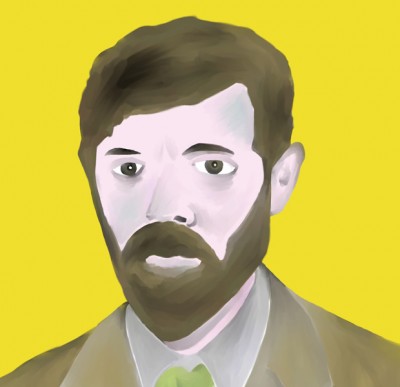 David Herbert Lawrence (1885-1930) was born at Eastwood, Nottinghamshire, the fourth child of a miner and a former schoolmistress. He began his own career as a teacher, first in Nottingham and then at Croydon, but the critical success of his first two novels, The White Peacock (1911) and The Trespasser (1912), encouraged him to become a full-time writer.
David Herbert Lawrence (1885-1930) was born at Eastwood, Nottinghamshire, the fourth child of a miner and a former schoolmistress. He began his own career as a teacher, first in Nottingham and then at Croydon, but the critical success of his first two novels, The White Peacock (1911) and The Trespasser (1912), encouraged him to become a full-time writer.
In May 1912 Lawrence eloped with Frieda Weekley, the wife of his former languages professor, and the couple travelled together in Germany, Austria and Italy before marrying (after her divorce) in 1914. It was during this period that the semi-autobiographical Sons and Lovers (1913) was published.
Rejected for military service due to poor health, Lawrence spent the whole of the First World War in England. His fourth novel, The Rainbow, appeared in 1915, but was suppressed by the police on grounds of obscenity. This set-back caused Lawrence to retreat to Cornwall, where he began work on a sequel, Women in Love (1921).
After the war, Lawrence lived in Italy for several years, writing The Lost Girl (1920), which won the James Tait Black Memorial Prize, and Aaron’s Rod (1922). He then set off around the world, visiting Ceylon, Australia (where he wrote Kangaroo, 1923), Mexico (the setting for The Plumed Serpent, 1926) and finally America, where he planned to establish a commune on a ranch in New Mexico.
In 1925, Lawrence was diagnosed with tuberculosis. He returned to Europe and spent his remaining years convalescing in France and Italy. It was here, near Florence, that he wrote what was to be his final and most controversial novel, Lady Chatterley’s Lover. Though privately printed in 1928, the unexpurgated edition remained unpublished in Britain until the 1960s.
Lawrence’s health continued to decline, and he died at Vence in the south of France at the age of 44.
